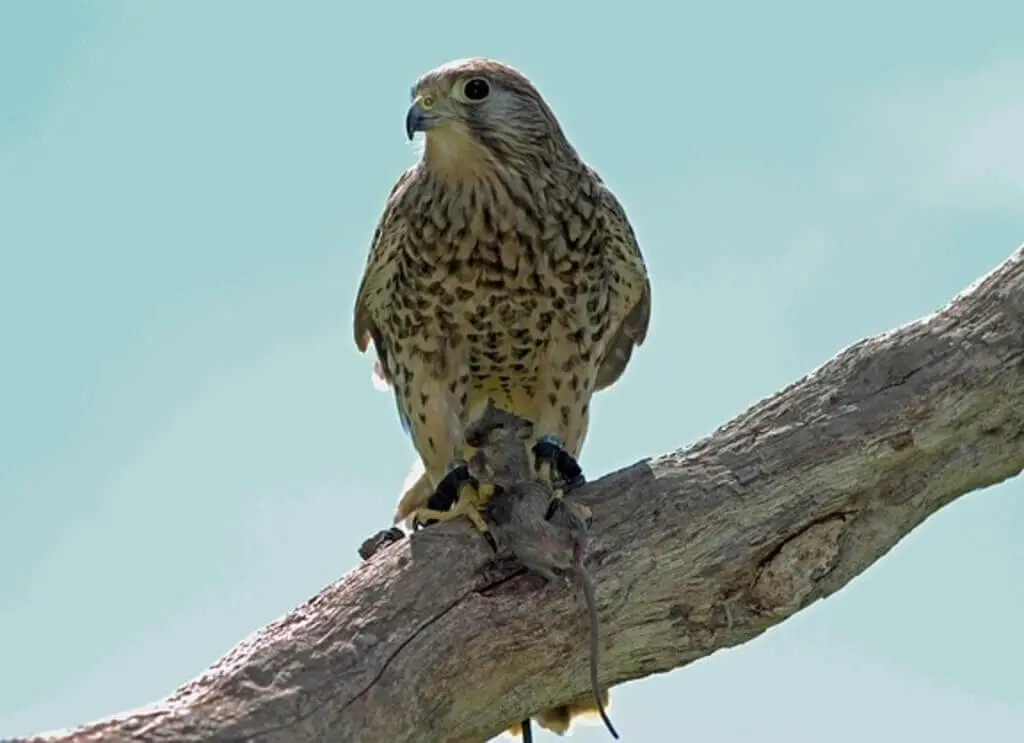Birds have long been known to prey on small animals, but this article explores the species of birds that eat mice. We will explore 9 different types of birds that eat mice, and provide a photo, ID and information about each one.
Table of Contents
Types of Birds That Eat Mice
Eagles
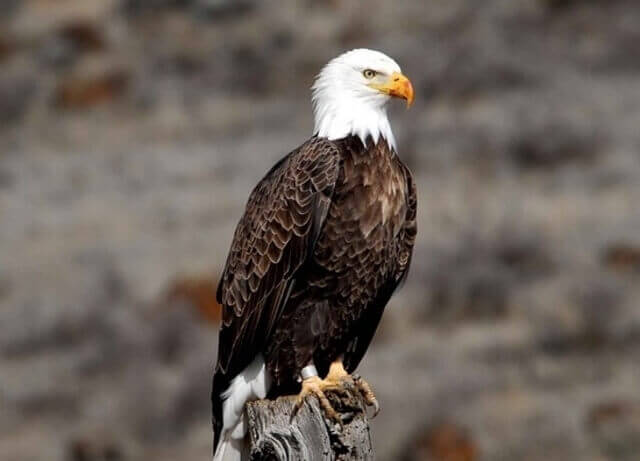
Eagles live in a wide range of open habitats. They may live near lakes, rivers, forests, mountains, and desert regions. Eagles are found in Alaska, Canada, Greenland, Iceland, and throughout North America. They are also found in Europe, Asia, and Oceania.
An eagle’s main habitats are near lakes, rivers, forests, mountains, and desert regions. Their diet mostly consists of fish, but they will also eat mice, rabbits, squirrels, and small birds, snakes, rabbits, small mammals, and occasionally carrion.
Falcons
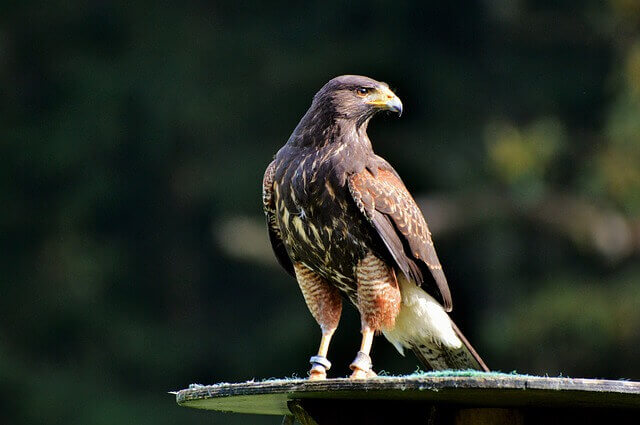
There are 40 species of falcons in the world, with many being rare and endangered. Falcons can be found on every continent except Antarctica. They are found in the Arctic tundra and in the deepest desert.
Falcons have a wide range of habitats, from the desert to the forest. Falcons are carnivores, and they feed on small to large mammals such as rabbits, mice, squirrels, rats, and bats. The falcon’s diet also includes birds, reptiles, fish, and insects.
Hawks
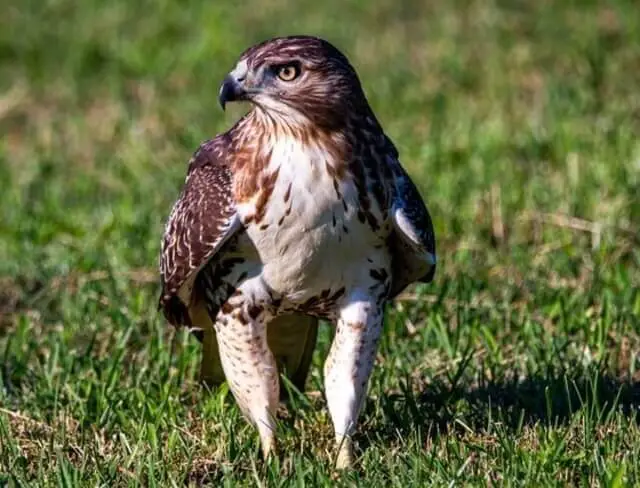
Hawks are large, long-winged, soaring birds of prey that can be found in Europe, Africa, South Asia, North America, Australia and parts of China. They are generally found in open country, including fields, scrubland, deserts and woodland. In North America, they have adapted to human occupation and will often hunt in agricultural areas.
Hawks are carnivorous and will feed on a wide range of prey and can be opportunistic or specialist. Hawks are mostly found in open areas like parks or meadows, but they will also inhabit forested places. They feed on a wide variety of prey, including mice, rabbits, squirrels, groundhog, insects, earthworms, and birds.
Owls
The Owl is a bird that is found in North America, Europe, and Asia. The owl is an incredibly versatile bird, as it can eat just about anything. They are primarily carnivorous and feed on small mammals, but they will also eat insects like crickets, locusts and even other birds. They usually live in forests and eat mostly small animals, but they will also eat mice and rats.
The owl is a nocturnal bird and thus spends the day in the dark. They are able to prey on a variety of creatures including small mammals, reptiles, and insects. The owl is a raptor and is able to take down its prey by using its incredible speed and agility.
Blue Jay
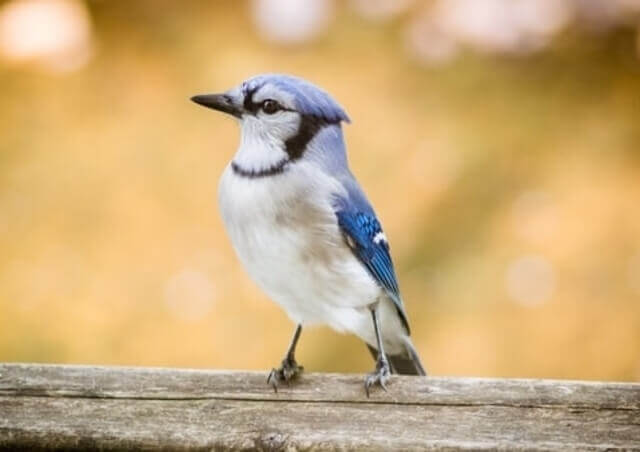
Blue Jays are the most common and widespread of the North American jays. They are found all over North America, living in a wide variety of habitats, including coniferous and deciduous forests, deserts, and urban areas.
The habitat of the Blue Jay is usually described as being mainly forested. Their diet consists primarily of small vertebrates, such as mice, shrews, and squirrels. Blue Jays are known to feed their young on mice and other small vertebrates.
Herons
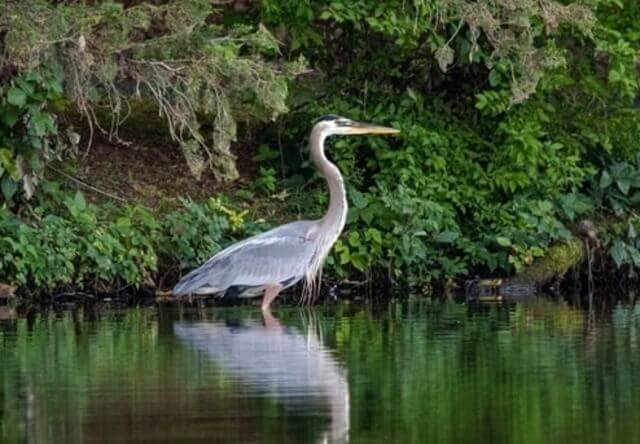
Herons are found all over North America, Europe, and Asia. Herons live in wetlands, woodland, and marshes, both deep and shallow, as well as in fields, gardens, and lakes. They are always near water in order to get their food.
Herons are mainly carnivores and feed on small rodents such as mice, voles, and shrews. In the winter, they also feed on fish and frogs. Herons nest in trees and bushes, but they will also nest on the ground. They are often seen feeding in the early morning or late evening.
Shrikes
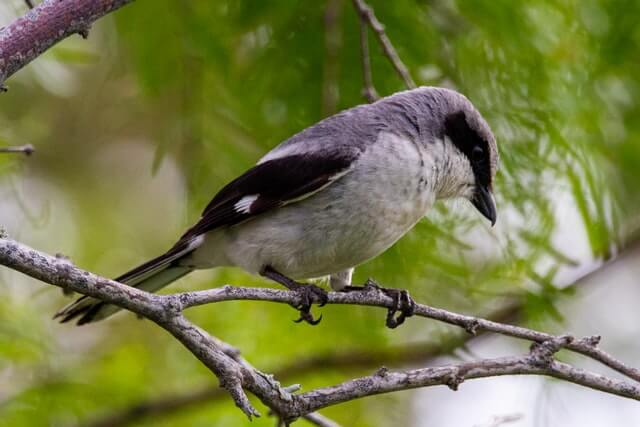
Shrikes are small birds that are found in Eurasia, Africa and North America. In terms of habitat, they are found in areas that are open, yet wooded. They are also found in various habitats, including uplands, mountains, and savannas.
Shrikes are found in a variety of habitats, which is why they can also be found in cities, in parks, and other areas. They feed on mice, insects, and other small vertebrates, as well as on plants. Shrikes are said to have a diet that is composed of 85% animal protein and 15% plant protein.
Ravens

Ravens are found across North America, Europe, and Asia. Ravens are a member of the crow family and are from the genus Corvus, which includes the raven, the crow, and the rook. They are also the only bird of this genus that is a true bird of prey.
Ravens are sexually dimorphic – the males are much larger than the females and are much more brightly colored. Ravens are found in a variety of habitats, but are most commonly found in areas that offer plentiful food. Their diet consists of small mammals such as mice, carrion, and sometimes other birds.
Crows

Crows are members of the Corvidae family of birds and are native to North America, Europe, and Asia. They are omnivores, and feed on small animals such as mice, voles, shrews, and moles, insects, frogs, and snakes. They have a strong beak, which is used for both foraging for food and for fighting with other birds.
Crows are social birds, which live in groups of between two and six birds. They roost communally in large trees. They build nests of sticks, twigs and coarse vegetation, which they then line with feathers and small pieces of fur. Crows are noisy birds with a harsh, penetrating call. They are known for their intelligence and are capable of making and using tools.
Impact on Ecosystems
Let’s delve into the ecological significance of these mouse-eating birds. They aren’t just skilled hunters; they play a crucial role in maintaining the delicate balance of local ecosystems. By controlling rodent populations, these birds prevent overgrazing of vegetation and the spread of diseases carried by rodents.
Imagine a world without these avian mouse-hunters. The consequences could be profound, affecting not only plant life but also other wildlife and even human activities. Crop damage and disease outbreaks might become more common in their absence, impacting agriculture and public health.
By understanding the broader impact of these birds, we gain a deeper appreciation for their place in the natural world. Their role extends far beyond their individual hunting behaviors, making them true guardians of the ecosystem.
Conclusion
In this exploration of birds that feed on mice, we’ve encountered a diverse cast of avian predators, each with its unique hunting strategies and habitats. From the regal eagles soaring in open skies to the stealthy owls ruling the night, these birds play a crucial role in balancing our ecosystems.
As we marvel at their hunting prowess, let’s not forget the integral part they play in rodent control, benefiting agriculture and curbing disease transmission. While we’ve delved into the specifics of each species, the overarching lesson is the adaptability of birds to their surroundings.
We hope this journey into the world of mouse-hunting birds has deepened your appreciation for these remarkable creatures and their essential place in the natural order.

